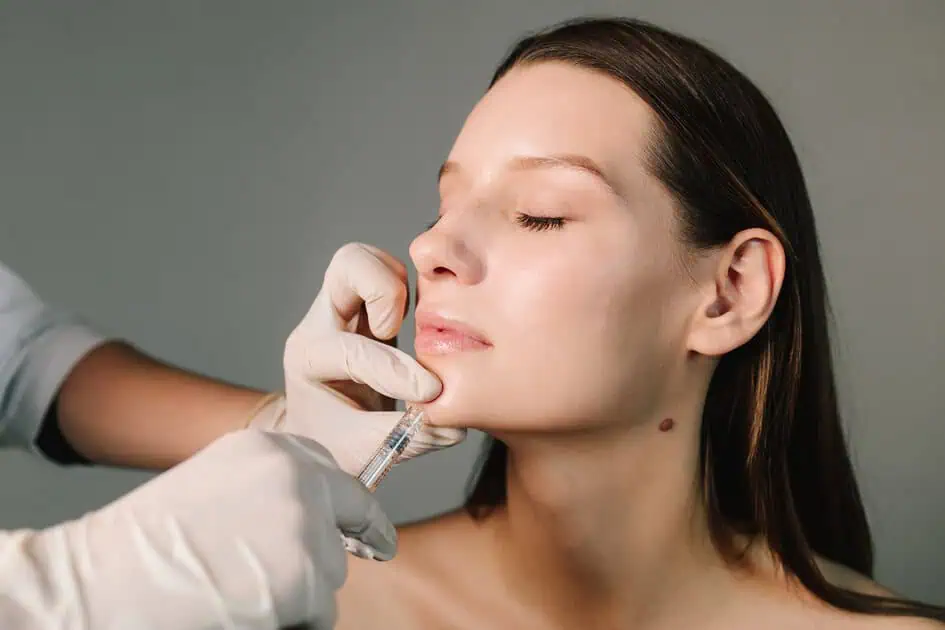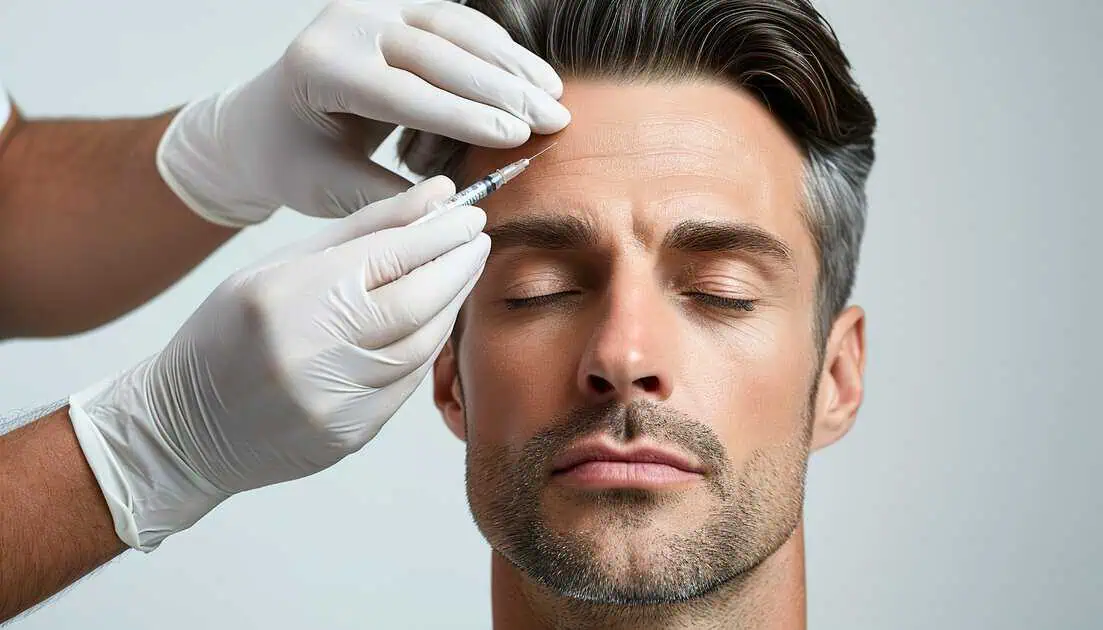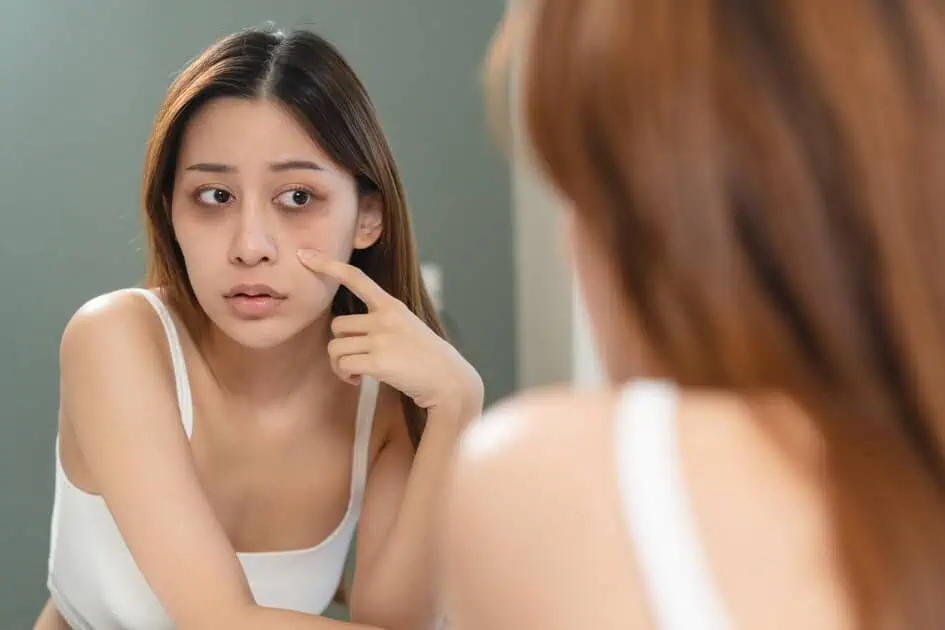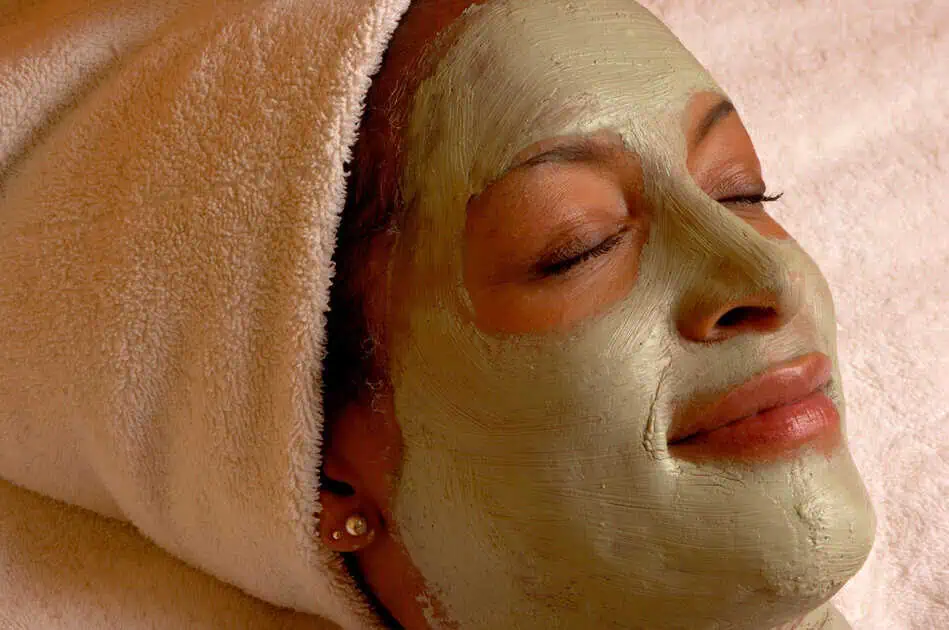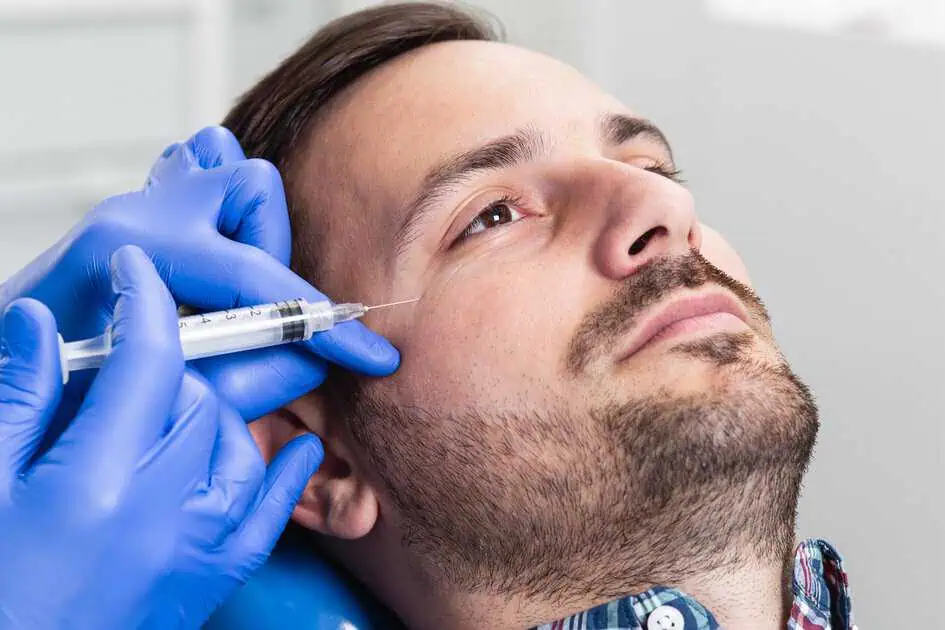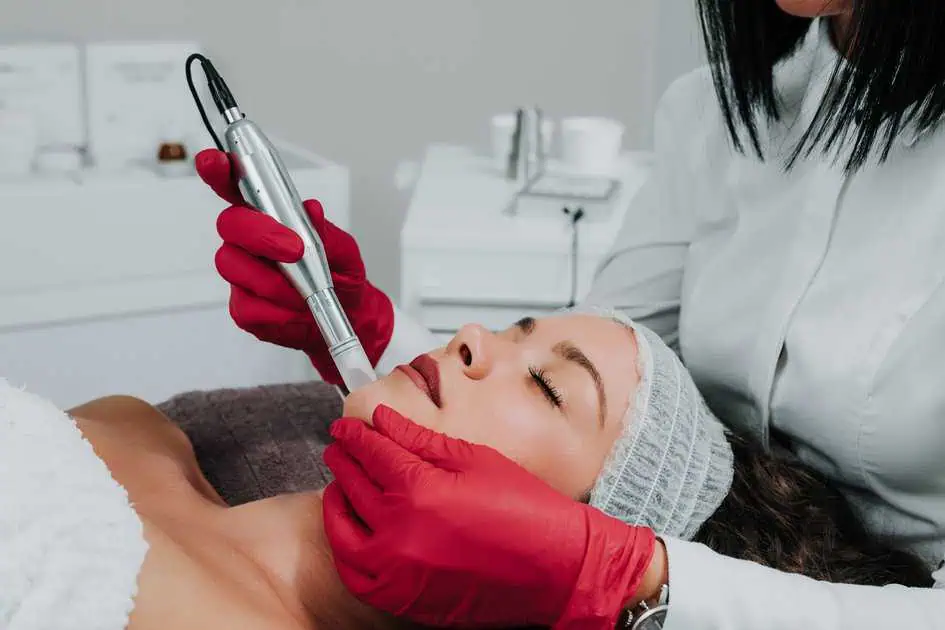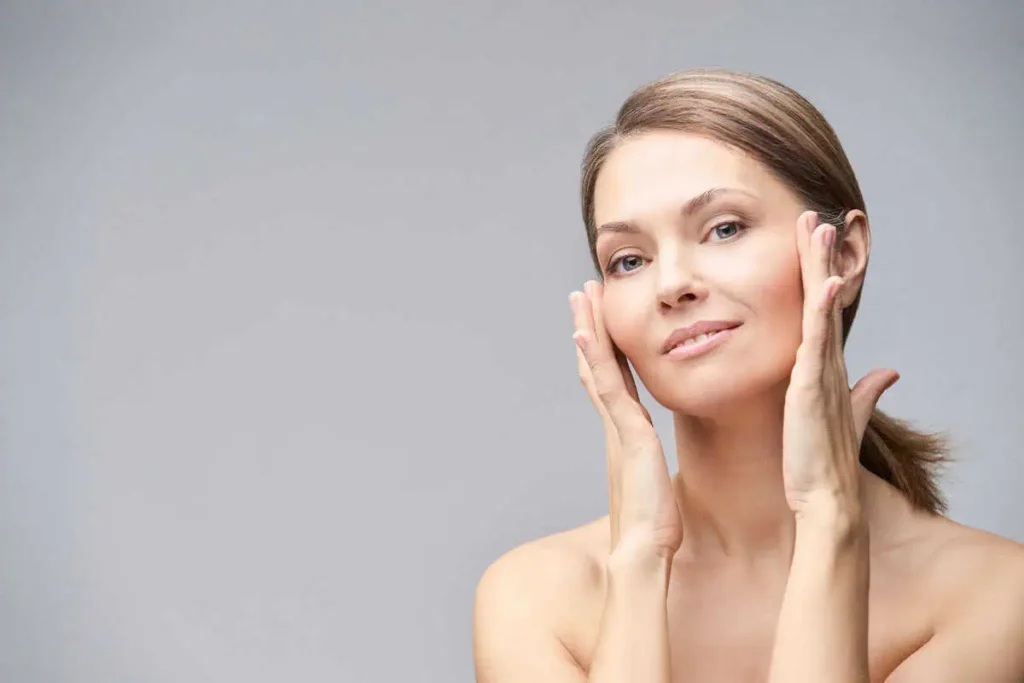
Table of Contents
Facial balancing is a targeted approach to enhancing facial symmetry and aesthetics, helping to achieve a harmonious appearance. Two advanced techniques that have gained traction in aesthetics for their effectiveness and minimal invasiveness are polydioxanone (PDO) threads and Radio Frequency Microneedling (RFM). Both methods are renowned for adjusting and refining facial contours without extensive surgical interventions.
What is Facial Balancing?
Facial balancing is the aesthetic practice of adjusting and enhancing the proportions and symmetry of the face to achieve a more harmonious and pleasing appearance. This concept is rooted in the principles of facial aesthetics, which suggest that specific proportions and symmetries are universally perceived as more attractive. The goal of facial balancing is not merely cosmetic improvement but also to create a sense of visual equilibrium that can enhance an individual’s natural features and boost self-confidence.
Facial balancing involves a detailed assessment of the face to identify any asymmetries or disproportions. These can be in the form of volume loss, uneven skin texture, or structural imbalances that affect the overall aesthetic appeal of the face. Techniques used in facial balancing address these issues by subtly altering facial features to create a more balanced look.
This is achieved through various non-surgical methods such as injectables, lifting threads like Polydioxanone (PDO), and technologies like Radio Frequency Microneedling (RFM). Each technique has a specific role, whether adding volume, tightening skin, or redefining facial contours. The choice of technique depends on the individual’s unique facial structure and aesthetic goals.
Techniques for Facial Balancing
Non-surgical techniques for facial balancing have become increasingly popular. They offer significant aesthetic improvements without the need for invasive surgery. Two of the most effective strategies are lifting threads and Radio Frequency Microneedling (RFM).
Lifting Threads (Polydioxanone – PDO)
Lifting threads, particularly those made from Polydioxanone (PDO), are biodegradable sutures strategically placed under the skin to initiate a healing response. The primary mechanism involves the threads acting as a scaffold that helps lift sagging skin and promotes collagen production. Over time, the threads dissolve, but the new collagen remains, providing structural support and a more youthful appearance. This technique is especially effective for lifting the cheeks, jowls, eyebrows, and neck area, contributing significantly to facial balancing by tightening and elevating the skin.
Radio Frequency Microneedling (RFM)
Radio Frequency Microneedling combines the collagen-inducing effects of microneedling with the tissue-tightening benefits of radio frequency energy. This procedure involves using a device that delivers fine needles into the dermis layer of the skin while simultaneously emitting radio frequency energy. This dual action stimulates collagen production and tightens existing collagen fibers, resulting in smoother, firmer, and more toned skin. RFM is particularly beneficial for addressing skin laxity, fine lines, and wrinkles, making it a powerful tool for enhancing facial symmetry and contours.
Benefits of Facial Balancing
Facial balancing offers many benefits, extending beyond mere aesthetic enhancements to psychological boosts and practical advantages.
- Enhanced Symmetry: Facial balancing helps enhance symmetry across facial features, which is often associated with increased attractiveness and harmony in appearance.
- Improved Proportions: Techniques used in facial balancing can adjust the proportions of facial features, bringing them into a more visually pleasing alignment.
- Increased Confidence: By enhancing facial aesthetics, facial balancing often boosts an individual’s self-confidence and self-perception.
- Minimally Invasive: Many facial balancing techniques are non-surgical, offering significant aesthetic improvements without requiring invasive surgery.
- Reduced Recovery Time: Compared to surgical alternatives, non-surgical facial balancing techniques generally have shorter recovery times, allowing individuals to return to their daily routines more quickly.
- Long-lasting Results: Many facial balancing treatments provide results that can last for several months to years, depending on the technique used.
- Customizable Treatments: Facial balancing allows for highly customizable therapies tailored to each individual’s unique needs and aesthetic goals.
- Subtle Enhancements: Unlike more drastic surgical interventions, facial balancing offers subtle enhancements that preserve and accentuate natural features.
- Preventative Aging Benefits: Some facial balancing techniques can help slow the appearance of aging by stimulating collagen production and improving skin elasticity.
- Accessible and Convenient: As non-surgical options have become more prevalent, facial balancing treatments have become more accessible and convenient for a wider audience.
Ideal Candidates for Facial Balancing
Ideal candidates for facial balancing are individuals seeking to enhance their facial symmetry and aesthetics through non-surgical procedures. Typically, these candidates are adults in good general health who have realistic expectations about the outcomes of such treatments. They may have noticeable facial asymmetries, mild to moderate skin laxity, or a desire to refine facial contours as part of an anti-aging strategy.
Candidates often choose facial balancing when they wish to address specific concerns without undergoing invasive surgery. These concerns can range from sagging skin and wrinkles to more structural issues like uneven jawlines or disproportionate facial features. The ideal candidates understand that while facial balancing can offer significant improvements, the results are designed to be natural and enhance rather than dramatically alter one’s appearance.
Moreover, good candidates are those without severe skin conditions that could complicate the healing process, such as active acne outbreaks or chronic skin diseases. They should not have any underlying health conditions that impair healing or increase the risk of infection. Prior to undergoing any procedure, potential candidates must discuss their medical history and any concerns with a qualified practitioner to ensure they are suitable for the chosen treatments.
Non-Surgical Vs. Surgical Techniques for Facial Balancing
Choosing between non-surgical and surgical techniques for facial balancing depends mainly on individual needs, recovery time preferences, and desired outcomes.
Non-Surgical Techniques for Facial Balancing:
- Less Invasive: Involves minimal skin penetration, reducing the risk of infection and complications.
- Shorter Recovery Time: Patients can resume daily activities immediately or within a few days.
- Lower Cost: Generally more affordable than surgical options with fewer associated expenses.
- Temporary and Adjustable: Allows flexibility in altering appearance as desires or aging processes change.
- Reduced Risk: Lower likelihood of severe side effects or long-term health issues.
Surgical Techniques for Facial Balancing:
- Long-Lasting Results: Effects are typically permanent, reducing the need for repeated treatments.
- Comprehensive Adjustments: Capable of more extensive corrections that non-surgical methods cannot achieve.
- One-Time Procedure: Usually requires a single session to achieve desired results, despite longer preparation and recovery periods.
- Higher Cost: Involves greater initial investment due to surgical, anesthesia, and facility fees.
- Increased Risks: Higher potential for complications, longer recovery periods, and more pronounced side effects.
Takeaway
Ready to enhance your facial symmetry and achieve a more balanced, youthful appearance? Book Sloan Aesthetics today to schedule an assessment and discover the best non-surgical facial balancing options tailored to your needs. Let us help you look and feel your best with the latest in aesthetic technology!

